The German poultry industry has seen a significant increase in productivity. This is at the cost of imports and other sources of animal protein. Poultry meat is now more popular in Germany than ever before. An increasing number of consumers even prefer poultry over other meats due to their high protein and low-fat content.
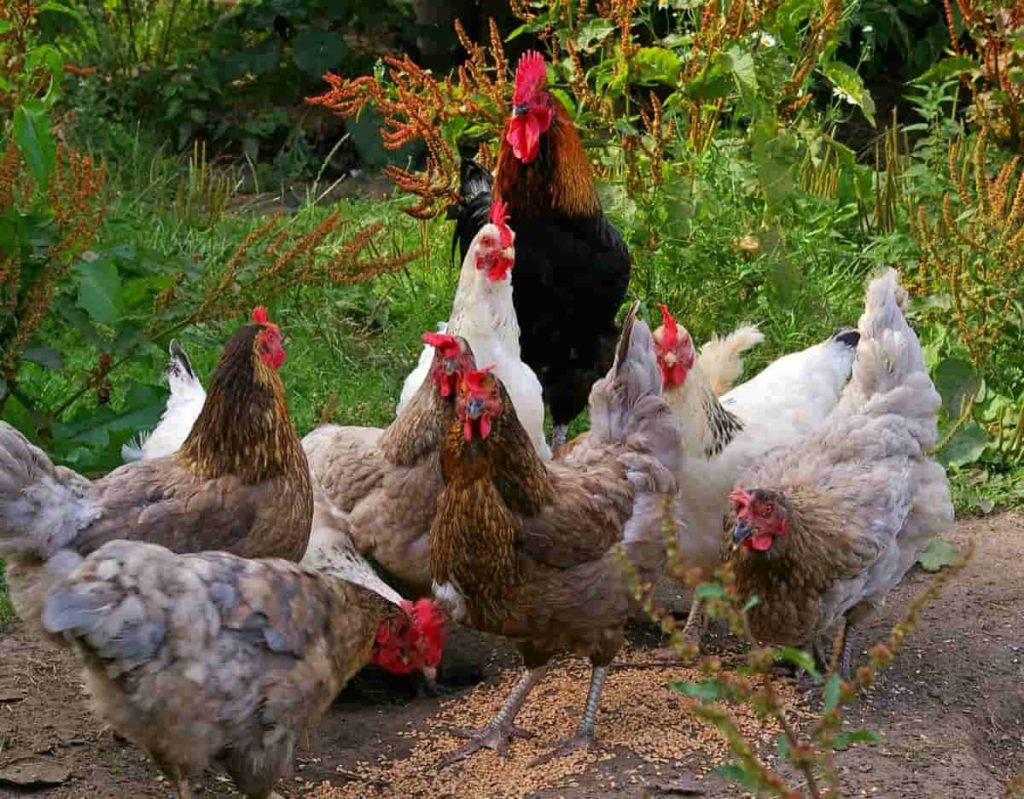
Meat consumption in Germany has been increasing for many years and mostly from poultry. Both poultry meat and eggs are considered important in the country and have been for many years. Let’s find out information about poultry farming in Germany.
Economic aspects of poultry production in Germany
Poultry meat production in Germany, like other countries, continues to increase. Producers need to study local boundaries and opportunities to take advantage of this market. In this context, it is interesting to compare production costs and margins for different poultry species. The expansion over the past decade has been mainly due to an increase in broiler production, while consumption of turkey meat and duck meat has reached close to 6.0 and 1.0 kg, respectively.
Simultaneous expansion of processing facilities contributes to increased consumption of broiler meat, resulting in self-sufficiency, while turkey and Pekin ducks can meet only 76 and 86.5% of domestic demand. Farmers interested in poultry production now have to decide whether to invest in broiler production for export or in other poultry for the local market.
Comparison of chicken meat production with broilers, turkey, and Pekin ducks in economic conditions in Germany indicates significant advantages for broilers compared to other species in terms of required cultivable land, total margin, and earnings per working hour. Peking ducks per square meter of growing space allow for maximum return but require several hours of work. Pekin duck strength and low risk of disease make duck attractive for farms beginning with poultry meat production.
In case you miss this: Poultry Farm Insurance in India, Companies, Policy, and Premium
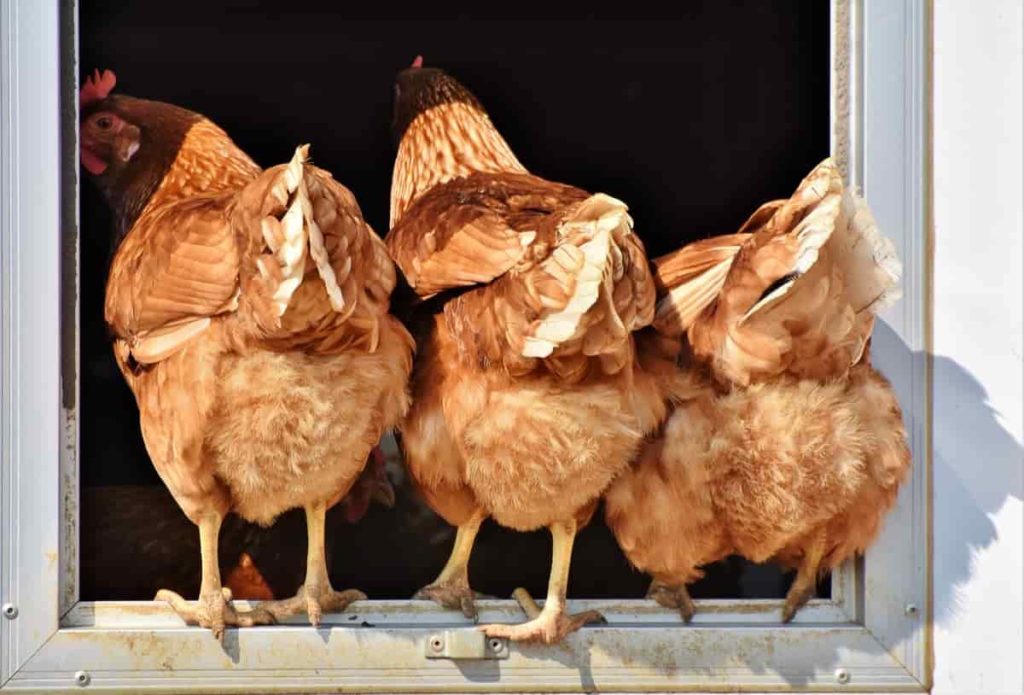
However, the market potential is still subject to seasonal demand, and unless consumption becomes more uniform throughout the year, the basic assumptions of the present study will not be fully realized in practice. To be successful in any of the three alternative types of poultry meat production, it is necessary to study the market potential before investing, learn the basics from other successful farms, and plan a long-term learning process to find an attractive position in the upper quartile of all farms.
Poultry farming in Germany and poultry industry
The demand for poultry meat is increasing, but consumer demand for food safety and animal welfare is also increasing. The conditions for the welfare of the animals are clearly defined. Some parts of the German regulations are even stricter than the EU guidelines that are deemed necessary. In Germany, for example, the maximum stocking density for broilers is 39 kg / m2, while in other EU member states, under certain conditions, farmers can keep them up to 42 kg / m2.
Forecasts for the German poultry industry, like elsewhere, are not as positive. Despite the positive growth in local demand for German poultry meat and eggs, production costs are rapidly increasing. The dramatic rise in feed prices in recent months is causing major problems for most farmers.
The poultry industry in Germany currently produces about 34 million laying hens, 60 million broilers, and 11 million turkeys for meat production. Only crossbreds are important for commercial egg and poultry meat production. Parent stock is maintained and improved by only a few specific breeding companies around the world. The fact that the eggs hatched and the day-old baby chickens could easily be transported by air made it possible for the poultry breeding stock to be distributed globally.
Layers have been delivered from Germany to the rest of the world for over 50 years. Product variability depends on the changing needs of the international market and different production systems. Laying performance, good shell stability, as well as excellent health, are of paramount importance in this context. Meanwhile, laying hens made in Germany are found all over the world.
In case you miss this: Common Mistakes Everyone Makes in Poultry Farming
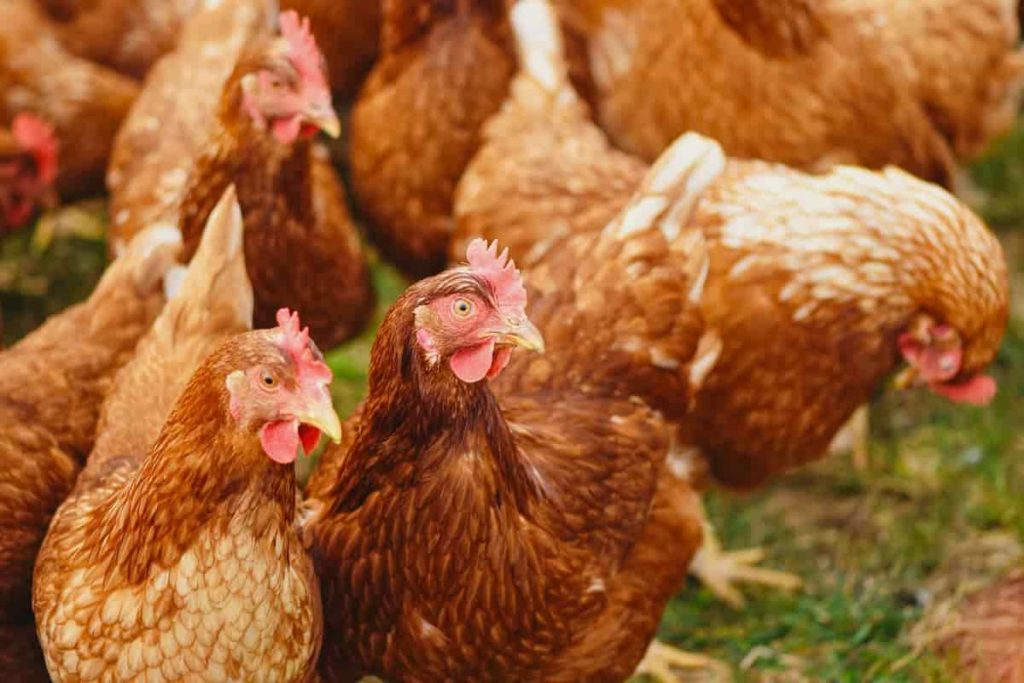
Broilers and turkey breeding companies working around the world in poultry production are located in Germany. Parent flocks are kept for reproduction on many farms. That is why the export of hatching eggs and day-old baby chickens plays a vital role – for more than 50 years.
Regional dual-purpose chickens for organic farming
Many old regional breeds of chickens in Germany are at risk of extinction. Keeping them is not economically viable even for organic farms, as the market is dominated by a few modern high-performance hybrids that specialize in either laying efficiency or meat production. In addition to the loss of biodiversity in the event of the extinction of these older species, there is also the moral issue of killing male baby chickens with laying lines.
These problems are now being addressed under the Federal Program for Organic Farming and Other Sustainable Farms. The Information and Coordination Center for Biodiversity (IBV) of the Federal Office for Agriculture and Food (BLE) has assisted in the development of the project by bringing together various stakeholders.
The three-year project will examine the performance of six local and endangered chicken breeds, such as Mechelner chicken, in organic farming conditions. Through cross-breeding, new dual-purpose chickens will be created that will allow the production of economically attractive poultry in a regional agricultural context.
Chicken breeds originating in Germany
Over the years, Germany has carried out intensive breeding programs to enhance some of the features of these first chickens. As a result, the world is now thankful for Germany’s many unique breeds of chickens.
In case you miss this: Top 50 Poultry Farming Tips, Ideas, and Techniques
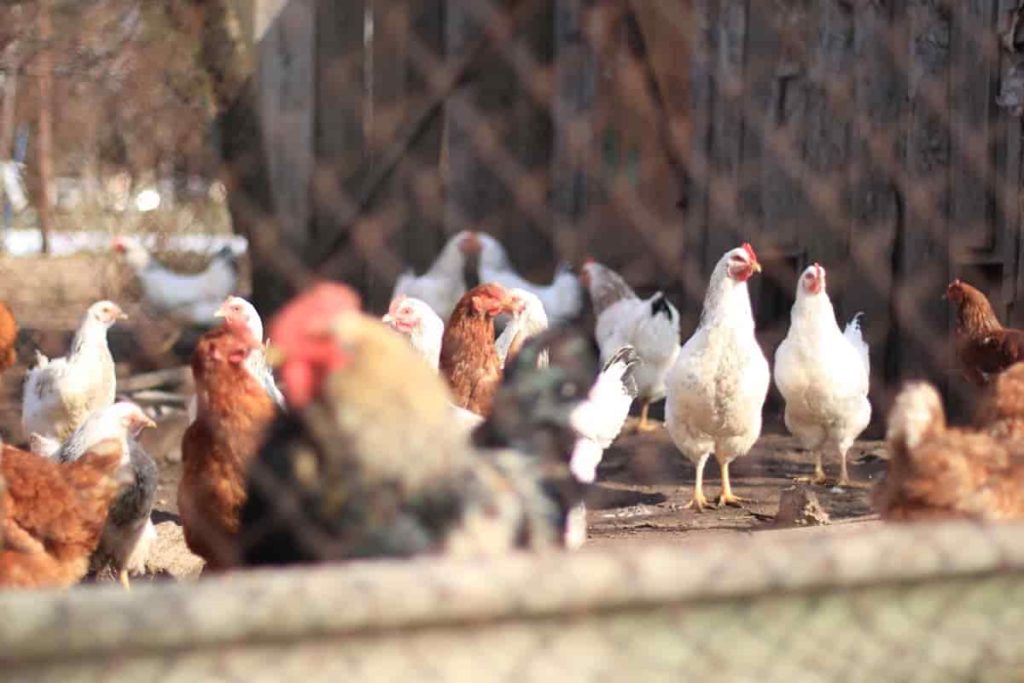
Augsburger
Augsburger is an endangered German breed of domestic chicken. It originates from the town of Augsburg in the Swabian region of the state of Bavaria in southern Germany. This is currently considered an endangered breed of domesticated chicken.
Bergische Schlotterkamm
This is an old and endangered German breed of domestic chicken. It originates from Bergisches Land, in the West German state of North Rhine-Westphalia, and is one of three breeds of chickens in the area, the other breeds being Bergische Kräher and the German creeper.
Bielefelder Kennhuhn
This is a German breed of domestic chicken. This is a dual-purpose bird made for both their meat and their eggs. These hens lay an average of 230 large eggs per year, weighing about 60 grams.
German Langshan
These chickens also have a dual purpose but are raised primarily for their meat because of how heavy they are. Roosters can weigh up to 10 pounds. They have only a single comb and their legs are bare and blue.
Hamburg Chicken
Hamburg chickens have prolific egg layers. The true gift of the breed is not the number of eggs each year, but the constant number of eggs laying over many years.
Kraienkopp
This is a breed of chicken bred in the border area between Germany and the Netherlands.
In case you miss this: Poultry Farming in the USA, How to Start, and Cost
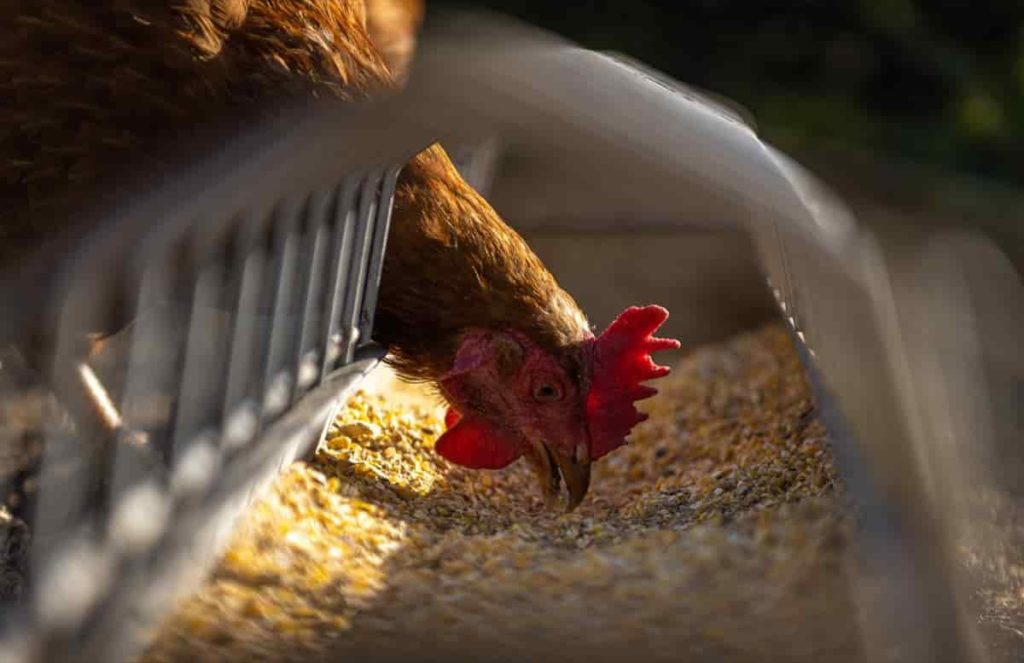
Lohman Brown
These chickens are relatively plain with orange-brown plumage and medium texture. They fly incredibly hard, friendly, and lower than other high-yielding egg layers, such as leghorn chickens.
Lakenvelder
This is a breed of domestic chicken from the Nordrhein-Westfalen, Germany, and neighboring areas of the Netherlands.
German Creeper
This is one of the original European Creeper chickens. There are standard sizes and bantam types of this chicken. This breed is quite old and was first bred in Western Germany.
Other breeds
- Ostfriesische Möwe
- Phoenix chicken
- Vorwerk chicken
- Westfälischer Totleger
- Yokohama chicken
Poultry animal care
About 6,500 highly qualified poultry producers in Germany have made the following personal commitments to providing high-quality poultry meat produced under the animal, consumer, and environmental protection regulations. Close cooperation between the stages of hatching, rearing, and processing is a feature of the entire poultry production period. Raised baby chickens come from specialized hatcheries, most of which have their breeding stocks. Hatcheries have the skills necessary to provide the best brooding conditions.
Hygiene and keeping animals healthy are our number one priority. Therefore, before the baby chickens arrive, the stalls and all the equipment are thoroughly cleaned and disinfected. After that, the straw is poured and the drinking and feed lines are filled. The food for the animals depends on their specific needs. Depending on the age, different types of feeds are usually used. Grains mainly corn and wheat – are the largest component of the feed, although they also contain plant proteins, such as proteins from Soya, Rapeseed, or Peas.
Modern stall technology ensures that animals have access to food and water at all times. The feeding and drinking facilities are grown with baby chickens, ensuring a high level of hygiene throughout the rearing process. German poultry production is known for the short distance between farms and slaughterhouses. Poultry is processed under strict hygiene conditions. Self-processing is also subject to supervision by a vet.
In case you miss this: Poultry Housing – Types, Equipment, And Construction
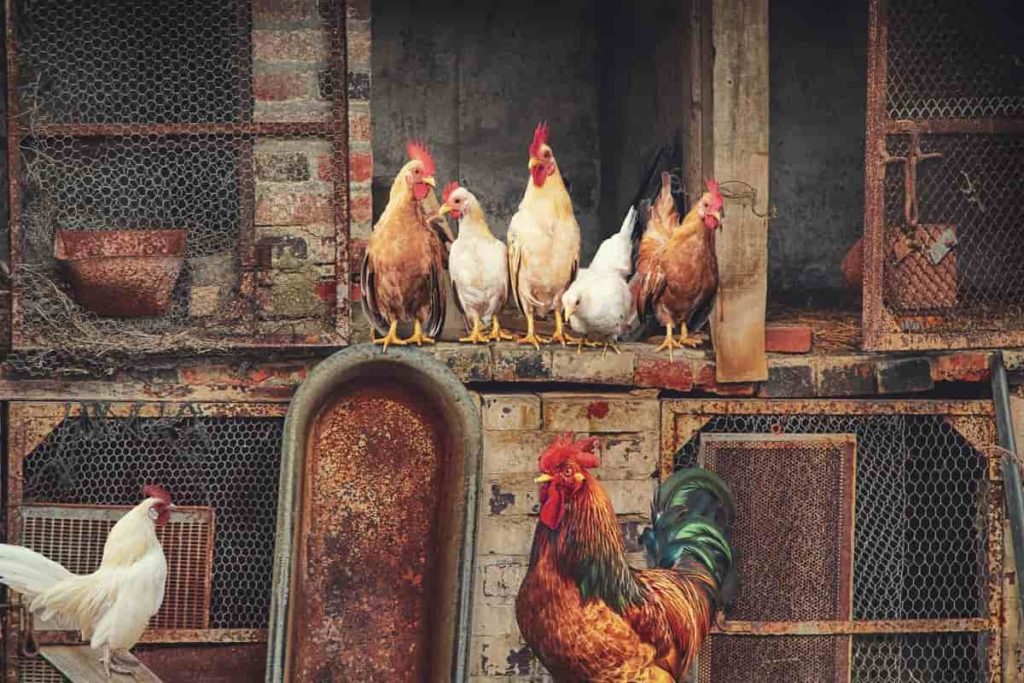
German Poultry Association
The German Poultry Association is an umbrella organization for the entire German poultry industry, and industry at both the national and EU levels, with political and professional levels, as well as other professional organizations, the public, and other countries. Represents the interests of It is recognized as the sole representative of the German poultry industry in all fields and enterprise sizes.
Its 8,000 members are organized into regional and national associations, and its governing board consists of a president and 12 other members, elected for a three-year term. To reflect all the interests represented in the German Poultry Association, expert divisions have been formed, which are managed by the boards of the respective associations. Mutual interests are initiated by the German Poultry Association in consultation with its partners in the poultry industry, both up and downstream.
To improve the sector’s competitiveness, the association says it is committed to developing a sustainable egg and poultry product with animal, consumer, and environmental protection in mind. It is committed to creating a uniform regulatory framework within the European Union. The German Poultry Association supports research and experimental projects and collaborations, promotes the younger generation in the industry, and has its trade publication.
- Economical Aquaculture: A Guide to Low-Budget Fish Farming
- 15 Common Planting Errors That Can Doom Your Fruit Trees
- How to Make Houseplants Bushy: Effective Tips and Ideas
- Innovative Strategies for Boosting Coconut Pollination and Yield
- Pollination Strategies for Maximum Pumpkin Yield
- The Complete Guide to Chicken Fattening: Strategies for Maximum Growth
- Natural Solutions for Tulip Problems: 100% Effective Remedies for Leaf and Bulb-Related Issues
- Revolutionizing Citrus Preservation: Towards a Healthier, Greener Future
- Natural Solutions for Peony Leaf and Flower Problems: 100% Effective Remedies
- Maximizing Profits with Avocado Contract Farming in India: A Comprehensive Guide
- Natural Solutions for Hydrangea Problems: 100% Effective Remedies for Leaf and Flowers
- The Ultimate Guide to Choosing the Perfect Foliage Friend: Bringing Life Indoors
- From Sunlight to Sustainability: 15 Ways to Use Solar Technology in Agriculture
- The Ultimate Guide to Dong Tao Chicken: Exploring from History to Raising
- The Eco-Friendly Makeover: How to Convert Your Unused Swimming Pool into a Fish Pond
- Mastering the Art of Delaware Chicken Farming: Essentials for Healthy Backyard Flocks
- 20 Best Homemade Fertilizers for Money Plant: DIY Recipes and Application Methods
- How to Craft a Comprehensive Free-Range Chicken Farming Business Plan
- Brighten Your Flock: Raising Easter Egger Chickens for Beauty and Bounty
- How to Optimize Your Poultry Egg Farm Business Plan with These Strategies
- Subsidy for Spirulina Cultivation: How Indian Government Schemes Encouraging Spirulina Farmers
- Ultimate Guide to Raising Dominique Chickens: Breeding, Feeding, Egg-Production, and Care
- Mastering the Art of Raising Jersey Giant Chickens: Care, Feeding, and More
- Ultimate Guide to Raising Legbar Chickens: Breeding, Farming Practices, Diet, Egg-Production
- How to Raise Welsummer Chickens: A Comprehensive Guide for Beginners
- How to Protect Indoor Plants in Winter: A Comprehensive Guide
- Ultimate Guide to Grow Bag Gardening: Tips, Tricks, and Planting Ideas for Urban Gardeners
- Guide to Lotus Cultivation: How to Propagate, Plant, Grow, Care, Cost, and Profit
- Agriculture Drone Subsidy Scheme: Government Kisan Subsidy, License, and How to Apply Online
- Ultimate Guide to Raising Araucana Chickens: Breed Profile, Farming Economics, Diet, and Care
- Bringing Hydroponics to Classroom: Importance, Benefits of Learning for School Students
- Ultimate Guide to Raising Polish Chickens: Breed Profile, Farming Economics, Diet, and Care
- Ultimate Guide to Raising Australorp Chickens: Profile, Farming Economics, Egg Production, Diet, and Care
- Silkie Chicken Farming: Raising Practices, Varieties, Egg Production, Diet, and Care
- Sussex Chicken Farming: Raising Practices, Varieties, Egg Production, Diet and Care
- Homemade Feed Formulations for Livestock: Discover Cost-effective Starter to Finisher Feed Recipes
I am looking for actual chicken breeders in Germany that I can contact.
Great informative page. I would also like to see information on a way to make contact with farmers that breed chickens in Germany.
Thanks for this article. Please can i have a contact chicken breeder in Germany that i can chat with? i will be grateful